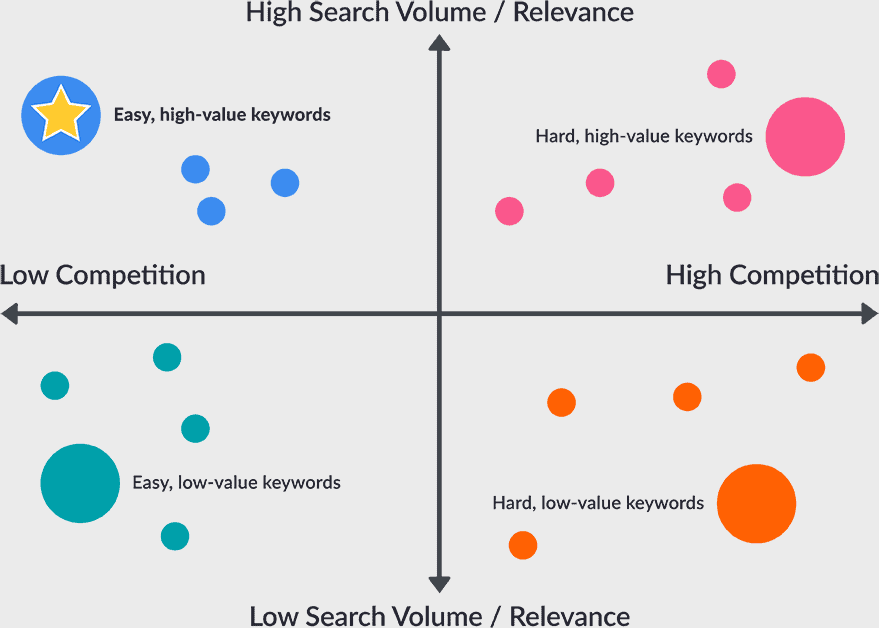
Mastering the art of writing a blog post is a skill that can skyrocket your business or personal brand to new heights. With the right strategies in place, you can captivate your audience, improve your search engine rankings, and establish yourself as an authority in your niche.
In this comprehensive guide, we’ll walk you through the process of choosing a topic, conducting research, and optimizing the length of your blog post for maximum impact. Plus, we’ll reveal the subjects you should steer clear of to maintain your business’s credibility.
Selecting Your Blog Post Subject
Choosing the right topic is a crucial first step in crafting a compelling blog post. To ensure you’re on the right track, consider the following strategies:
Identify Your Target Audience
Before settling on a topic, determine who you want to reach with your content. Understanding your target audience’s interests, needs, and pain points will help you create content that truly resonates with them.
Analyze Your Competitors
Examine the content published by your competitors to identify gaps and opportunities for unique content. By differentiating yourself, and offering fresh insights, you’ll be more likely to attract and retain readers.
Leverage SEO Tools
Keyword research tools, such as Google’s Keyword Planner, Moz, or SEMrush, can help you identify popular search terms related to your niche. By targeting these keywords, you’ll improve your chances of ranking higher in search engine results and driving organic traffic to your blog.
Follow Industry Trends
Stay up to date with the latest trends, news, and developments in your industry. By addressing current issues and hot topics, you’ll demonstrate your expertise and engage readers looking for relevant information.

Conducting Through Research
Once you’ve chosen your topic, it’s time to gather the necessary information and evidence to support your arguments. Here are some tips for efficient and effective research:
Use Reliable Sources
Credible sources, such as academic journals, government publications, and reputable news outlets, will lend authority to your content and build trust with your audience. Remember to cite all facts, statistics, and quotes to give proper credit to the original authors and enhance your blog’s credibility.
Diversify Your Resources
To provide a well-rounded perspective on your topic, consult multiple sources of information. This will help you avoid potential biases and provide a more comprehensive understanding of the subject matter.
Organize Your Findings
As you conduct your research, take notes and compile a list of key points, arguments, and evidence that you want to include in your blog post. This will help you stay focused and streamline the writing process.

Optimizing Your Blog Post Length for SEO and Engagement
Finding the perfect blog post length can be a delicate balancing act. While there’s no one-size-fits-all approach, certain guidelines can help you maximize your content’s SEO potential and reader engagement:
Consider Your Audience and Topic
Your blog post length should be determined by the complexity of your topic and the preferences of your target audience. Longer, more in-depth articles (1,000-2,000 words) can be effective for addressing complex subjects and showcasing your expertise. Shorter, more concise posts (500-1,000 words) may be better suited for quick tips and easy-to-digest information.
Strike a Balance for SEO
Research conducted by Backlinko found that the average word count of a top-ranking Google search result is 1,447 words. While longer content tends to perform better in search rankings, it’s essential to focus on quality over quantity. Write for your audience first and optimize for search engines second.
Break Up Your Content for Readability
Regardless of your blog post’s length, ensure that it’s easy to read and digest by breaking it up into smaller sections using headings, subheadings, bullet points, and images. This will improve the user experience and make your content more accessible to readers.

Topics to Avoid as a Business
While it’s essential to provide valuable, engaging content for your audience, there are certain topics that businesses should approach with caution or avoid altogether:
Controversial Issues
Steer clear of highly polarizing or controversial subjects, such as politics and religion, unless they are directly relevant to your industry or business. Engaging in these discussions can alienate potential customers and damage your brand’s reputation.
Misleading Information
Publishing misleading or inaccurate content can have serious consequences for your business’s credibility. Always fact-check your information and avoid making claims that you cannot substantiate with reliable sources.
Sensitive Personal Information
Respect the privacy of your customers and employees by avoiding the disclosure of personal or sensitive information. Sharing such details without consent can lead to legal issues and damage your business’s reputation.
Writing an exceptional blog post involves a thoughtful approach to selecting a topic, conducting thorough research, and optimizing your content for both SEO and reader engagement.
By following the strategies outlined in this guide, you’ll be well on your way to crafting blog posts that resonate with your target audience, improve your search engine rankings, and elevate your brand’s authority.
If you find yourself without the time to write, we can help! Drop us a line and we would be happy to chat with you about our blog writing services.
Liked this article?
We are adding more useful articles to our blog every week! Join our subscribers to stay up to date on digital security, marketing, and social media trends.
By entering your email, you agree to receive our monthly newsletter. You can unsubscribe at any time!


